Literary rating: ★½
Kick-butt quotient: ☆☆☆
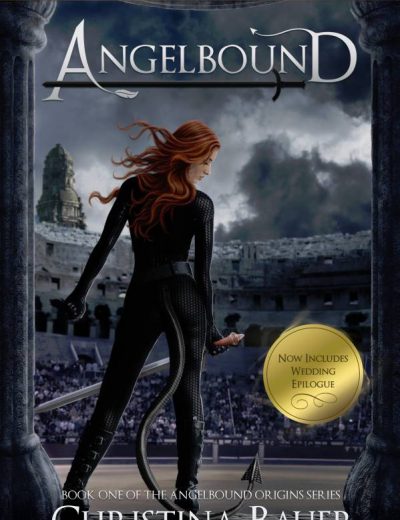 It’s nice to be reminded of why I’m generally averse to romance in my reading – particularly poorly written and unconvincing romance, like we get here. An interesting scenario with potential gets bogged down in gooey mush during the second half: let’s just say, there are phrases such as “my tummy goes all tingly again.” Yes: again… If I wasn’t already committed by that stage, being more than half-way through a 500+ page book, that sentence might well have led to this ending up as a Did Not Finish. Instead, I figured I’d at least get a review out of it. You’re welcome.
It’s nice to be reminded of why I’m generally averse to romance in my reading – particularly poorly written and unconvincing romance, like we get here. An interesting scenario with potential gets bogged down in gooey mush during the second half: let’s just say, there are phrases such as “my tummy goes all tingly again.” Yes: again… If I wasn’t already committed by that stage, being more than half-way through a 500+ page book, that sentence might well have led to this ending up as a Did Not Finish. Instead, I figured I’d at least get a review out of it. You’re welcome.
As noted, the setting isn’t the problem. It takes place in Purgatory, which in this rendition is basically a clearing house for souls with no particular destination. Will that be heaven or hell? One of the ways this can be decided is trial by combat, and on the opposition team responsible for dispatching them in the arena there is Myla Lewis, a quasi-demon 18-year-old, whose combat skills belie her years. It’s supposed to be a neutral location, but is increasingly coming under the thumb of Armageddon, the King of Hell, whose forces staged a velvet glove occupation around the time Myla was born. And speaking of which, who was her father anyway?
It’s populated by a whole host of supernatural tribes. Deoms, quasi-demons, angels, ghouls and the thrax, who are demon hunters, as well as a whole host of cross-breeds between them. This makes for a murky diplomatic situation, in which the various groups struggle – both overtly and covertly – for power. Myla really just wants to kick ass in the arena, but life and the deteriorating political situation have other plans. Not least in the well-muscled shape of Lincoln, a thrax prince. Which, of course, makes things tricky given Myla’s partly demonic ancestry.
And that’s where the whole thing falls apart. We go from mutual disgust to tingly tummies, on both sides, without apparently passing through any of the intervening stages, and is not in the least bit convincing. Meanwhile, Myla is being drip-fed information about her heritage and past events through angel-controlled dreams, even though it seems everyone – not least her mother – knows exactly who her father was, for example. It’s contrived purely for the sake of drama, and isn’t exactly subtle about it. Equally inevitably, we end up discovering that Myla isn’t just a normal teenage girl – or normal teenage part-demon, anyway. It’s likely no spoiler to reveal that her flowering abilities end up with her going toe-to-toe with Armageddon.
Bauer does have a decent handle on the action, and the moments where she gets to let rip in that direction are effective. Some imagery will stick in my mind, such as the torture Armageddon inflicts on Myla’s father just before their final face-off. But this doesn’t come anywhere close to balancing the cringeworthy romance, and I’ve absolutely no interest in going further. Now, if you’ll excuse me, I think my tummy is going a bit tingly too. Just not for the same reasons as Myla’s…
Author: Christina Bauer
Publisher: Monster House Books, available through Amazon, both as a paperback and an e-book
1 of 8 in the Angelbound Origins series.





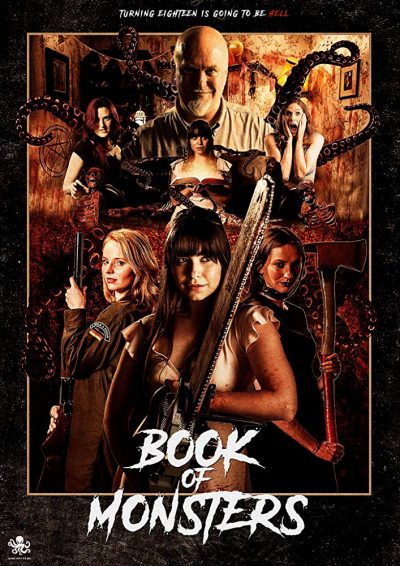 Ten years ago, the mother of eight-year-old Sophie (Craine) was attacked and killed by what her daughter insisted was a monster – a claim to which she held, resulting in her being institutionalized. Now, a somewhat recovered Sophie is about to enjoy her 18th birthday, having organized a party with her friends. But she’s about to discover that the monsters were very real, and just waiting for her to reach adulthood. Fortunately, Mom was a bit of a monster hunter, who conveniently left a book of helpful tips as well as a secret vault of tools and weapons. Together with her pals, Sophie is prepared to make a stand and defend her home against the attackers.
Ten years ago, the mother of eight-year-old Sophie (Craine) was attacked and killed by what her daughter insisted was a monster – a claim to which she held, resulting in her being institutionalized. Now, a somewhat recovered Sophie is about to enjoy her 18th birthday, having organized a party with her friends. But she’s about to discover that the monsters were very real, and just waiting for her to reach adulthood. Fortunately, Mom was a bit of a monster hunter, who conveniently left a book of helpful tips as well as a secret vault of tools and weapons. Together with her pals, Sophie is prepared to make a stand and defend her home against the attackers.
 There can’t be many fantasy novels based on the events of World War II. But here we are, and Kuang has done an amazing job of taking historical events and weaving them into a saga of gods, magical powers and monsters, that works very well, even if you have no clue about the background.
There can’t be many fantasy novels based on the events of World War II. But here we are, and Kuang has done an amazing job of taking historical events and weaving them into a saga of gods, magical powers and monsters, that works very well, even if you have no clue about the background.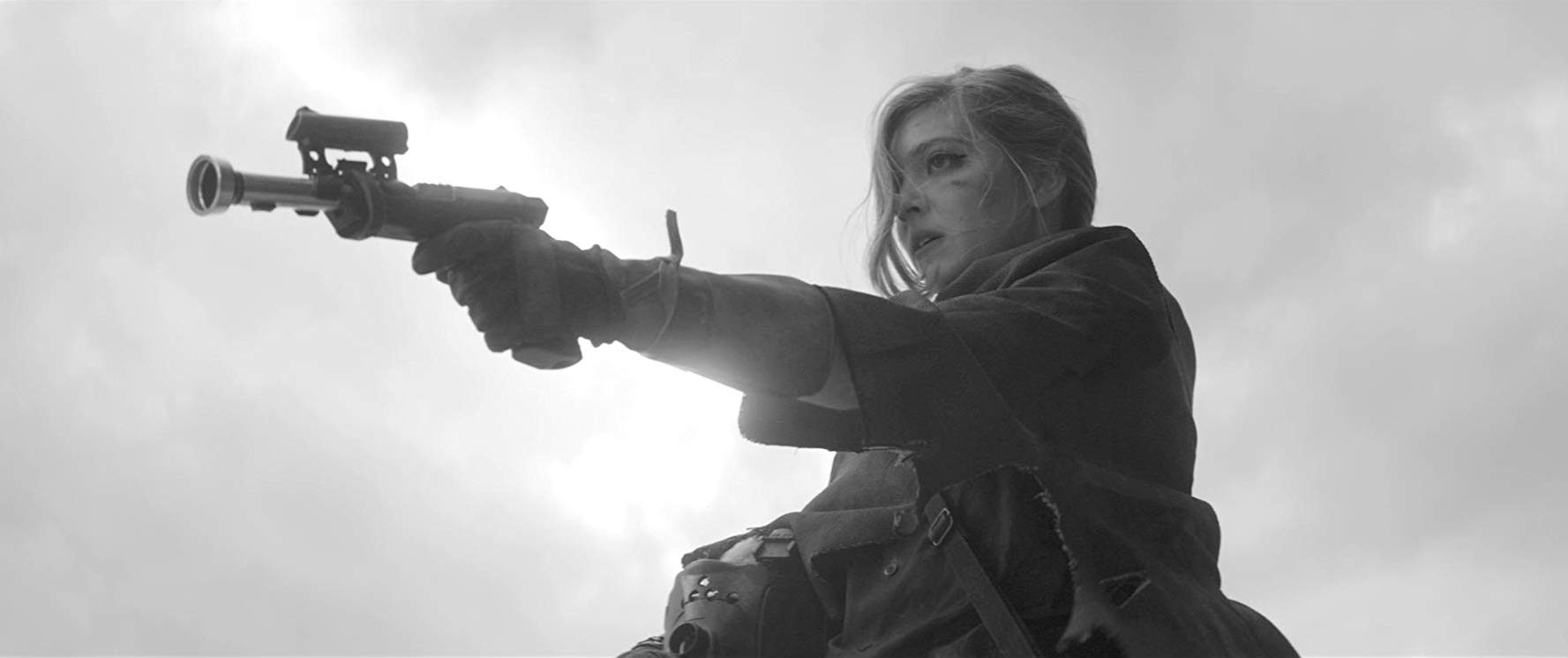 There are some very interesting ideas here. Unfortunately, probably too many of them. As a result, the end-product feels like a half-baked collection of semi-formed thoughts – none of which are explored to the extent they deserve. It begins with an apocalypse, apparently triggered in order to stave off an alien invasion. Fast-forward a few years, and we join Sarah (Hutchinson), one of four children who are shortly to be teleported to a space station orbiting around another planet, which is the target for future habitation, and where the President of Earth now resides. Except an alien sympathizer stages an assassination attempt, leaving the children dropped onto the planet’s surface, along with the Commanfer (Trigo), who had a role in the apocalypse seen earlier. But he ends up being taken over by a parasite which turns him psychotic and he begins hunting down the children. Who need to locate the President, who also crash-landed nearby, because…
There are some very interesting ideas here. Unfortunately, probably too many of them. As a result, the end-product feels like a half-baked collection of semi-formed thoughts – none of which are explored to the extent they deserve. It begins with an apocalypse, apparently triggered in order to stave off an alien invasion. Fast-forward a few years, and we join Sarah (Hutchinson), one of four children who are shortly to be teleported to a space station orbiting around another planet, which is the target for future habitation, and where the President of Earth now resides. Except an alien sympathizer stages an assassination attempt, leaving the children dropped onto the planet’s surface, along with the Commanfer (Trigo), who had a role in the apocalypse seen earlier. But he ends up being taken over by a parasite which turns him psychotic and he begins hunting down the children. Who need to locate the President, who also crash-landed nearby, because…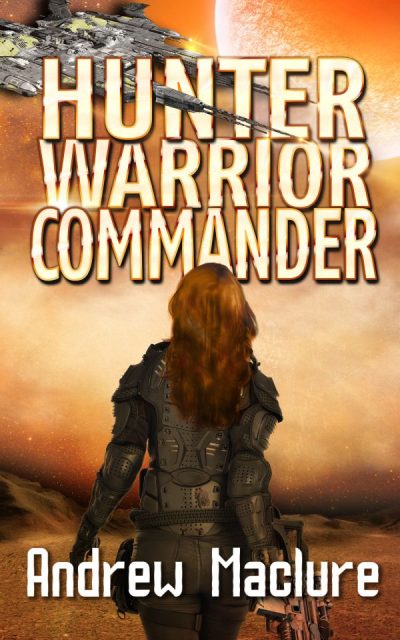 This may be a first, in that the heroine here is non-human – contrary to what you (and, indeed, I!) might expect from the cover. I think I may have covered various crypto-humans before, such as vampires or elves. But this is likely the first entirely alien species. I began to suspect on page 1, when I read that Sah Lee “sank her pin-sharp teeth through the thick fur of the calf’s throat, and tasted the sweet metallic tang of its young blood.” This is clearly not your average twelve-year-old. And so it proves. The story really kicks under way two years later, when Sah Lee leaves her rural village on the planet of Aarn to attend school in the city of Aa Ellet.
This may be a first, in that the heroine here is non-human – contrary to what you (and, indeed, I!) might expect from the cover. I think I may have covered various crypto-humans before, such as vampires or elves. But this is likely the first entirely alien species. I began to suspect on page 1, when I read that Sah Lee “sank her pin-sharp teeth through the thick fur of the calf’s throat, and tasted the sweet metallic tang of its young blood.” This is clearly not your average twelve-year-old. And so it proves. The story really kicks under way two years later, when Sah Lee leaves her rural village on the planet of Aarn to attend school in the city of Aa Ellet. Coming in on a wave of hype, e.g. “The Best Indie Science Fiction Movie Since Moon“, I guess I should have listened – because I didn’t think Moon was
Coming in on a wave of hype, e.g. “The Best Indie Science Fiction Movie Since Moon“, I guess I should have listened – because I didn’t think Moon was  Lauren Pierce (Noble) is an expert archer, leading her high-school team. However, after she rescues a friend from sexual harassment, she finds herself on the wrong side of justice, and is sent to “Paradise Trails”, an incongruously-named juvenile detention facility, where harsh discipline and indefinitely extended sentences are the order of the day. And wouldn’t you know it, the place is run by a former Olympic archer – Bob Patrice (Sage) and his creepy son, Michael (Terry). It’s not long before Lauren is plotting an unofficial departure, along with new friend Becky (Mason), who knows the truth about what’s going on behind the scenes. When they get evidence proving it during their exit, they become the hunted as Bob and Michael will go to any lengths to stop the truth from getting out.
Lauren Pierce (Noble) is an expert archer, leading her high-school team. However, after she rescues a friend from sexual harassment, she finds herself on the wrong side of justice, and is sent to “Paradise Trails”, an incongruously-named juvenile detention facility, where harsh discipline and indefinitely extended sentences are the order of the day. And wouldn’t you know it, the place is run by a former Olympic archer – Bob Patrice (Sage) and his creepy son, Michael (Terry). It’s not long before Lauren is plotting an unofficial departure, along with new friend Becky (Mason), who knows the truth about what’s going on behind the scenes. When they get evidence proving it during their exit, they become the hunted as Bob and Michael will go to any lengths to stop the truth from getting out.
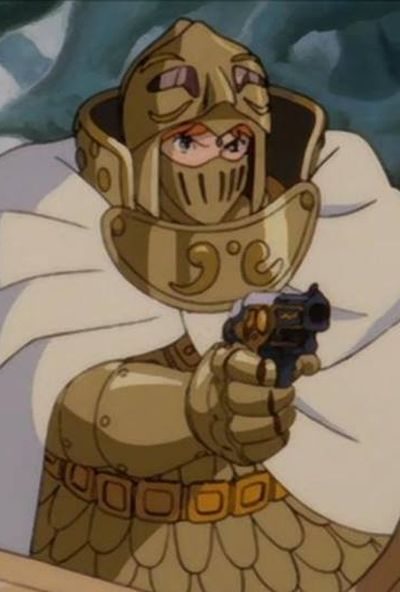 Miyazaki’s father ran an airplane parts company in World War II, and even his film company, Studio Ghibli, was named after an Italian plane. Almost every one of his movies
Miyazaki’s father ran an airplane parts company in World War II, and even his film company, Studio Ghibli, was named after an Italian plane. Almost every one of his movies  A solid enough entry in the Jap-splat genre, this benefits mostly from a winning central performance from Uchida as the title character, Giko Nokomura. Her family are in the demolition business, which is at least a token gesture towards explaining the F-sized chainsaw she carries everywhere – initially in a guitar case! She’s a bit of a delinquent, harking back to the sukeban movies of the sixties like
A solid enough entry in the Jap-splat genre, this benefits mostly from a winning central performance from Uchida as the title character, Giko Nokomura. Her family are in the demolition business, which is at least a token gesture towards explaining the F-sized chainsaw she carries everywhere – initially in a guitar case! She’s a bit of a delinquent, harking back to the sukeban movies of the sixties like  If John Hughes directed a film about witchcraft, it’d probably end up like this. For you have five stereotypical high-school girls in detention: Brooke the rich bitch (Ziolkoski); Greta the jock (Adrienne Rose-White); M.J. the timid mouse (Robinson); Jules the goth (Flatmo); and Claire the nerd (Taylor), who isn’t actually
If John Hughes directed a film about witchcraft, it’d probably end up like this. For you have five stereotypical high-school girls in detention: Brooke the rich bitch (Ziolkoski); Greta the jock (Adrienne Rose-White); M.J. the timid mouse (Robinson); Jules the goth (Flatmo); and Claire the nerd (Taylor), who isn’t actually